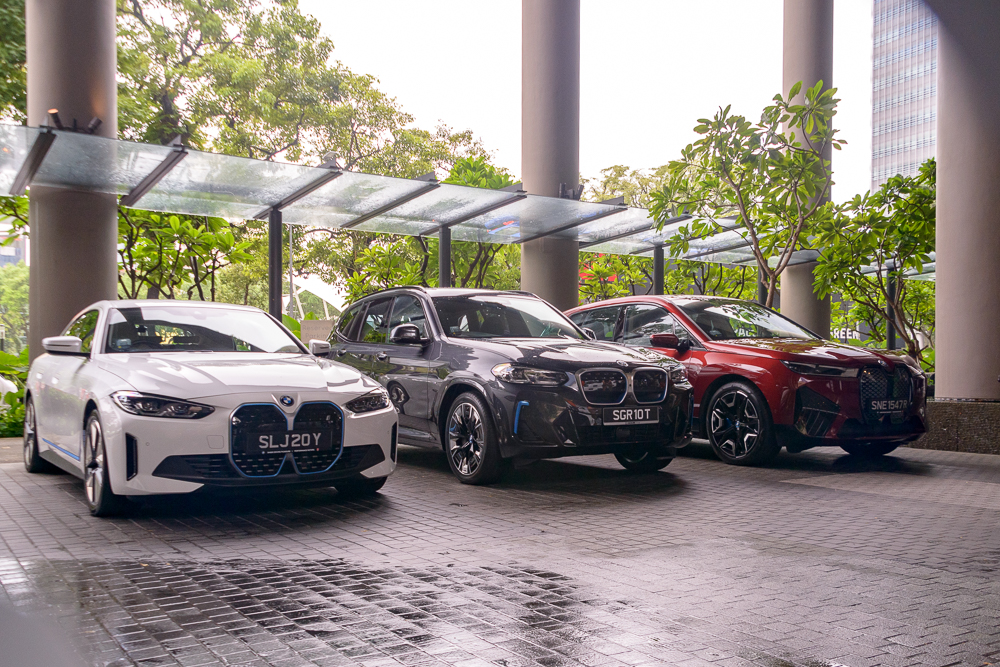
While BMW Philippines has been mum about the details of the upcoming iX3 launch in the Philippines, it didn’t want to leave us hanging. And for good reason: After a day of driving the Singaporean-market iX3 alongside the iX and the i4, it proves itself to be an excellent vehicle. Yet, somehow, it’s a little difficult to talk about how it is as an electric vehicle.
Let me explain.
When a new EV hits the market, manufacturers seem to have this innate need to make it as futuristic as possible. From external body lines to interior stylistic choices, it just has to scream, “I’m an electric vehicle, look at me!”
Given that it is electrified, it also somehow has to have the latest and greatest in technology. Sure, it’s nice to have the latest gizmos available with your brand-new vehicle, but having to reinvent every single interface with a liberal application of touchscreen controls will grow old incredibly quickly.
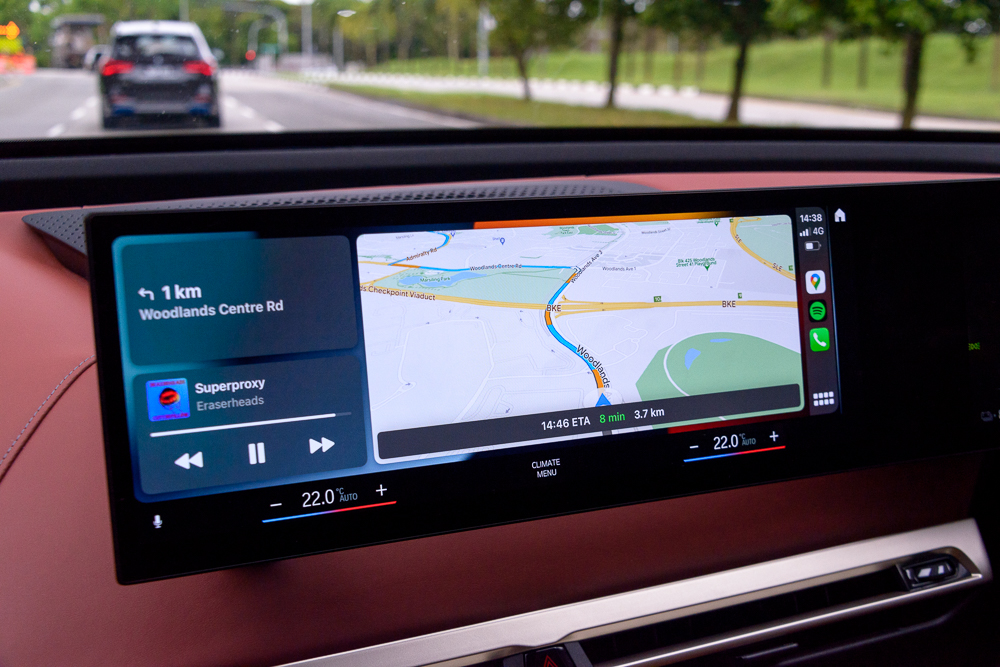
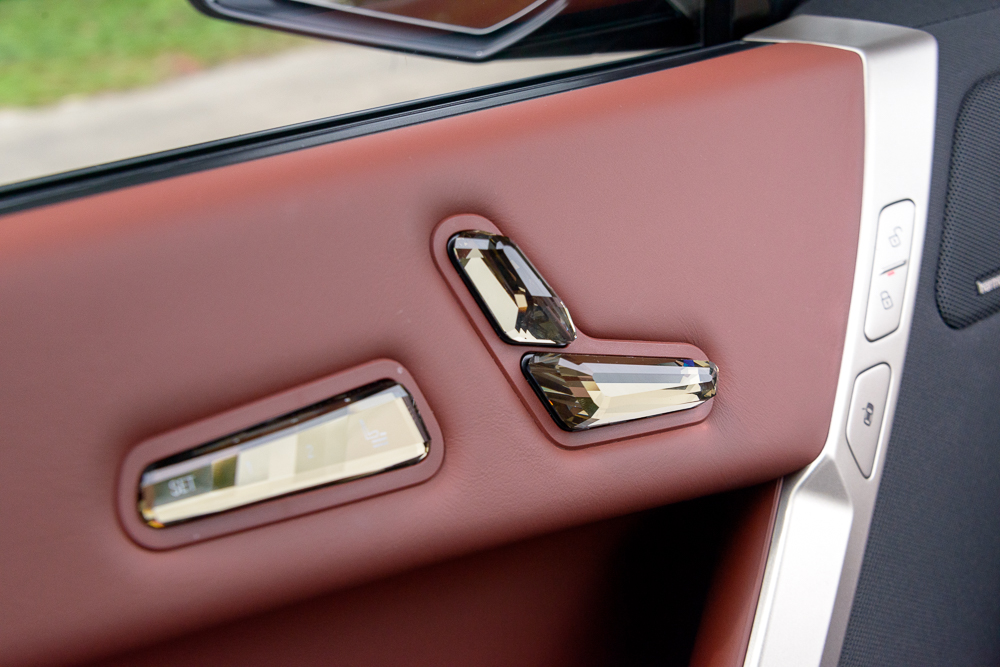
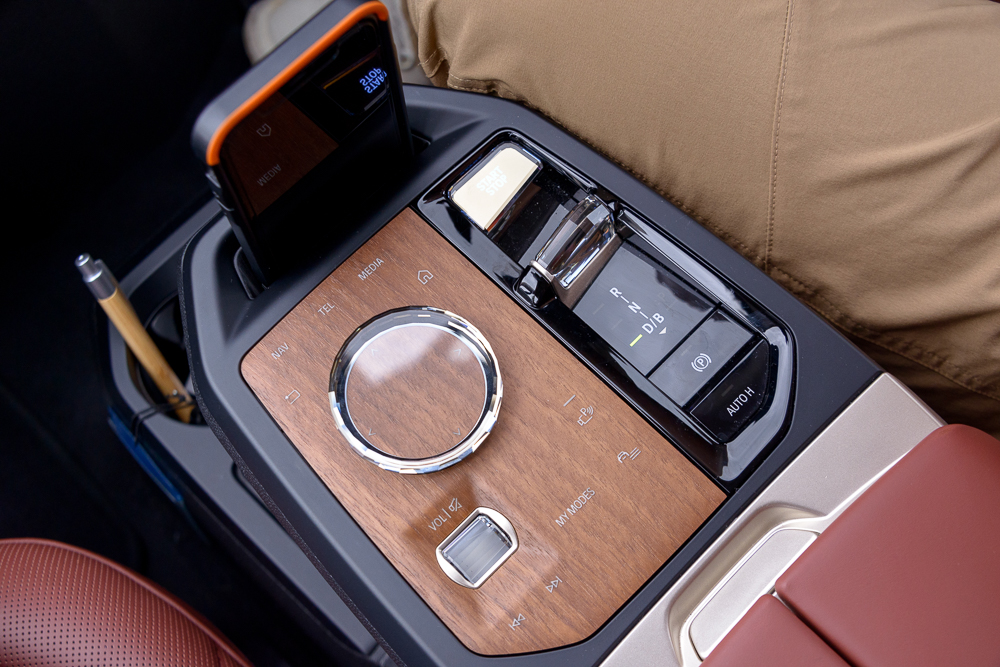
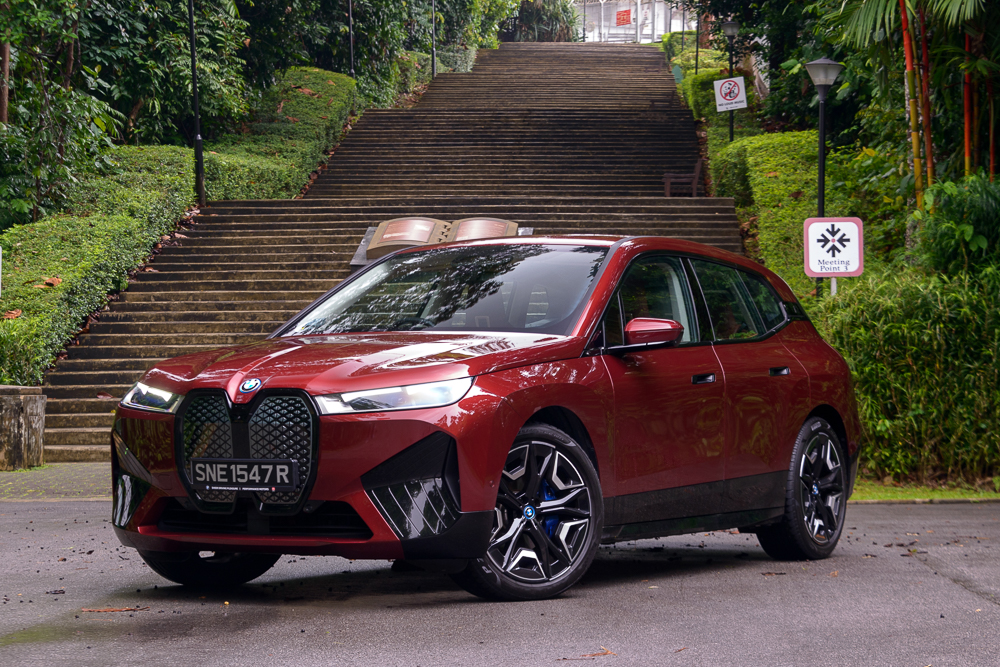
BMW itself is guilty of this, somewhat. The iX gets a half-pass for being one of the few concept cars that make it to production vaguely unscathed, but it just has to remind you that it’s part of the electrified future with every little doodad that exists inside and out.
Don’t get me wrong. It punches power into the ground like nobody’s business, all while handling the speed and the torque with grace and confidence. We haven’t seen a vehicle with its own Hans Zimmer soundtrack before either, but maybe there’s a reason why such left-field implementations only come once in a blue moon.
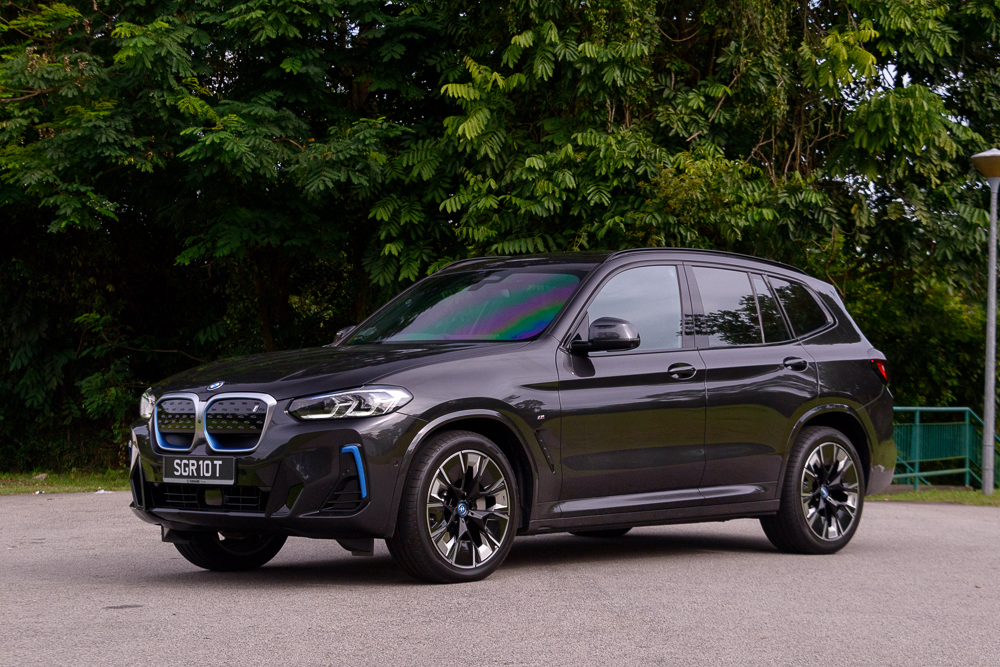
And so, we end up with the iX3, one of BMW’s latest entrants into the EV space. The bewildering experience started with a sense of déjà vu after opening the tailgate, harking back to when we had the X3. For a brand-new electric vehicle, it just seemed so…familiar.
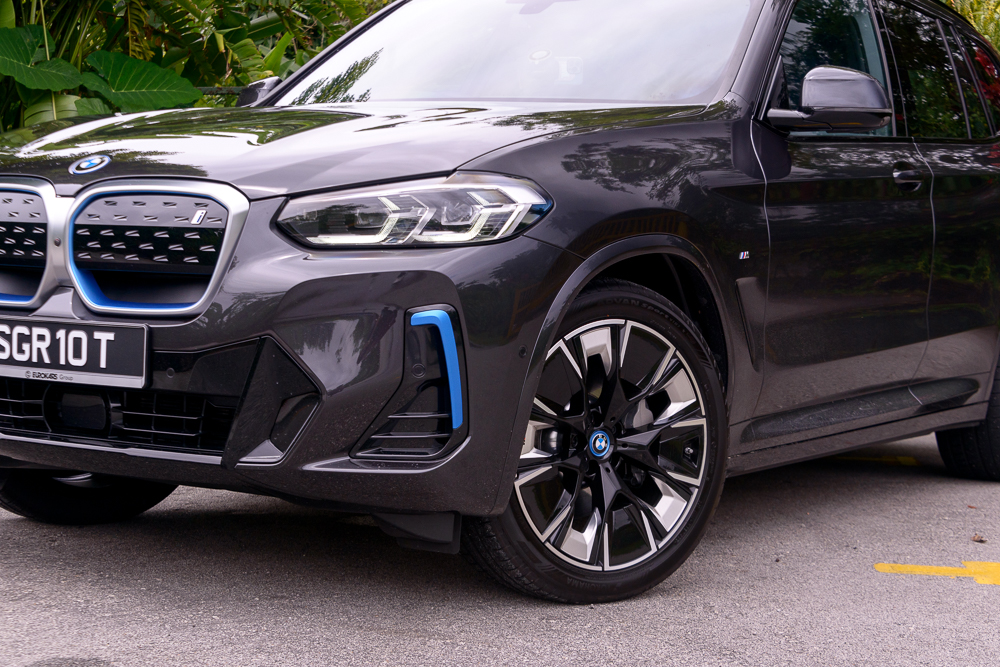
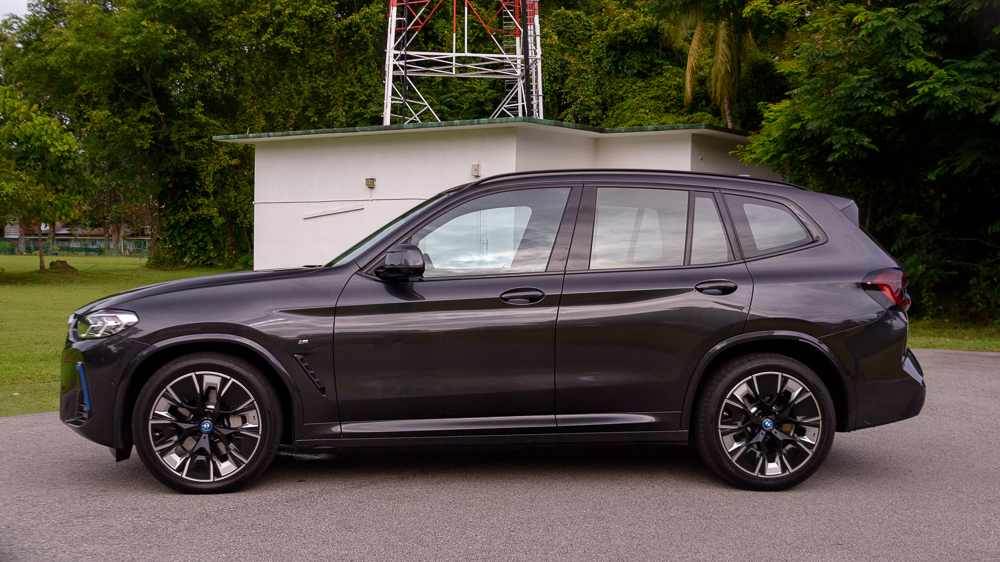
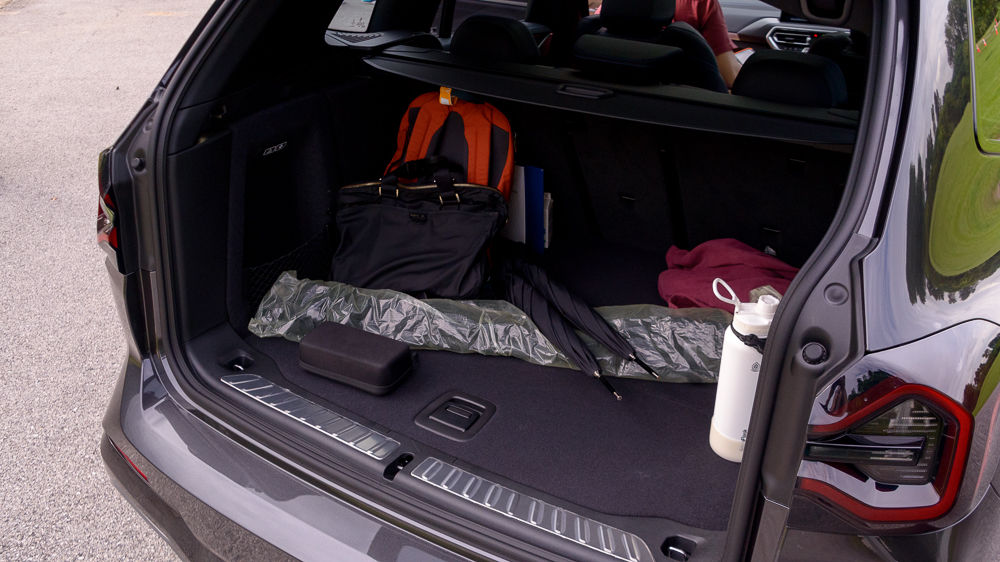
Move into the cabin, and more anachronisms seem to show up. A standard shift lever (well, to BMW at least) graces a rather normal-looking center console. You get a few creature-comfort improvements such as a wireless charger and a tactile iDrive control knob.
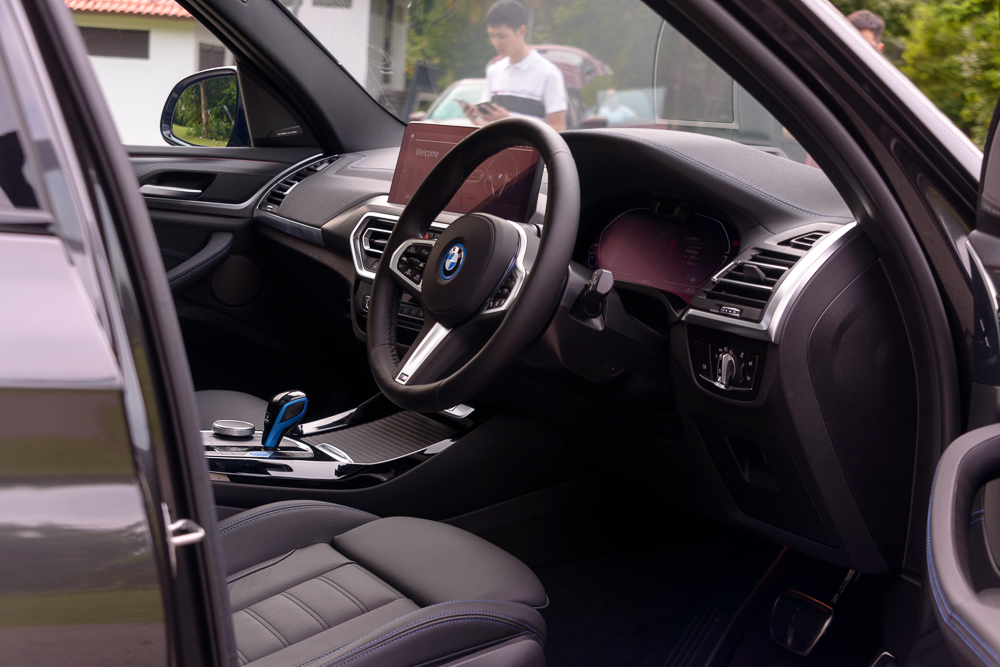
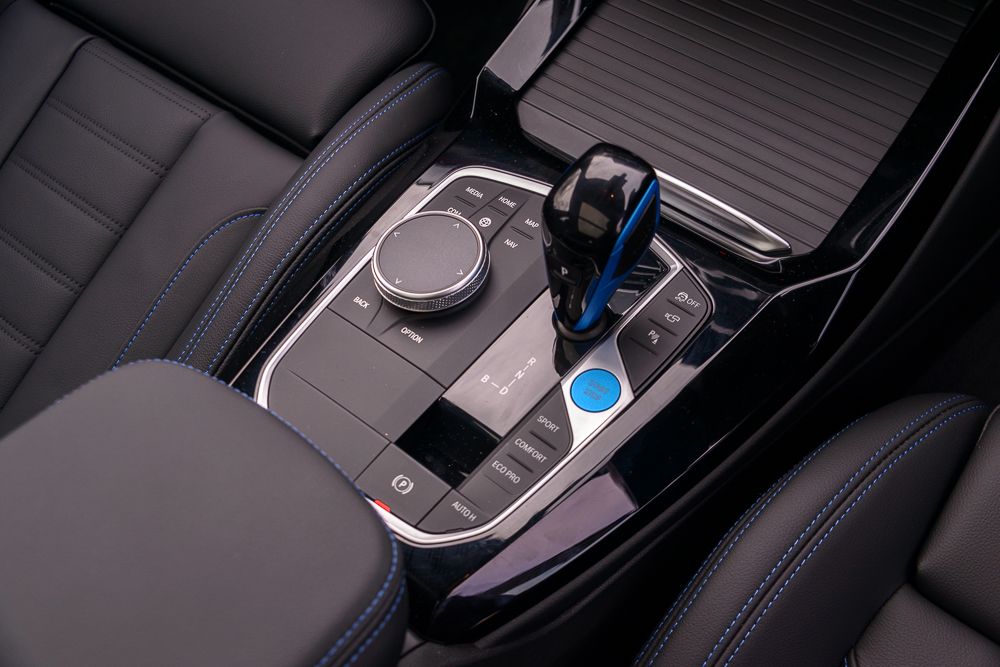
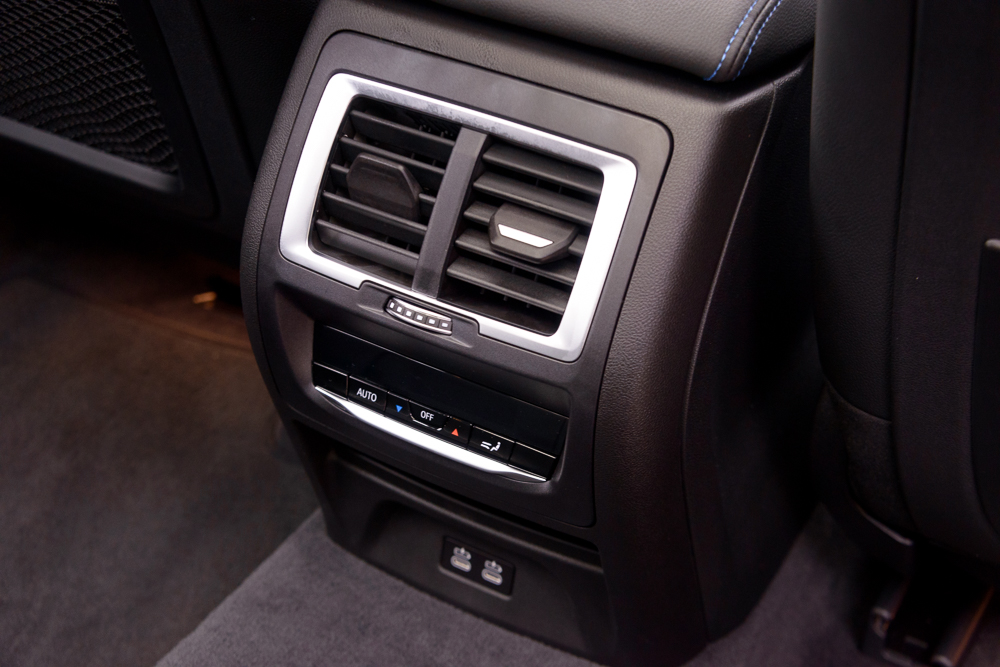
The second row gets a rear air-conditioning vent with its own controls, spots where to charge USB devices, and a transmission tunnel sitting in the way, among all things.
Move further up the center and you find the monolithic monitor slab that houses the last generation’s iDrive 7 suite (with Operating System 8’s curved display reserved for the iX, the iX1, and the i4, at least on the battery-electric side of the brand’s product portfolio) and the biggest surprise (albeit a very welcome one)—physical air-conditioning controls.
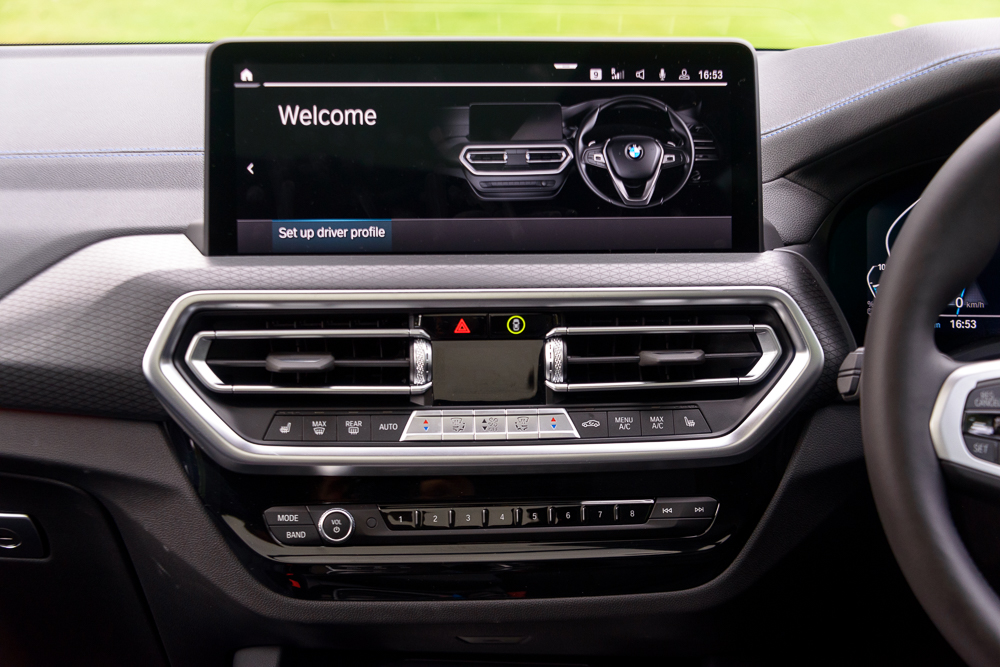
The cockpit has an air of modern BMW familiarity to it. The steering wheel is functional yet comfortable to use, the instrument cluster is chock-full of information without overloading you or being too flashy, and you get a host of advanced help from a forward-facing camera (an infrared sensor to monitor your alertness, and ConnectedDrive adding useful information such as speed limits on thoroughfares).
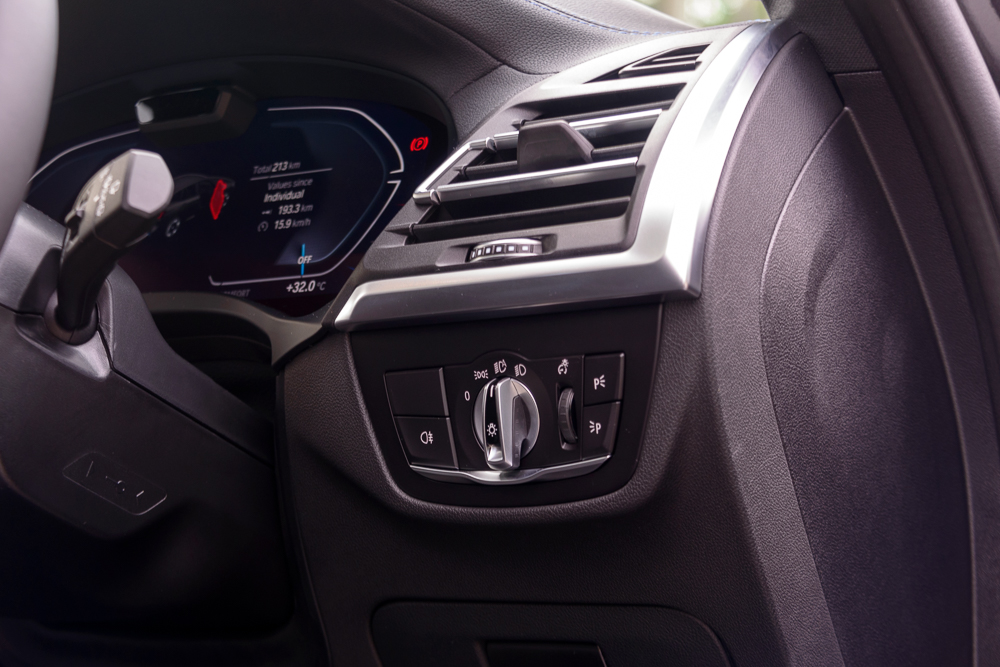
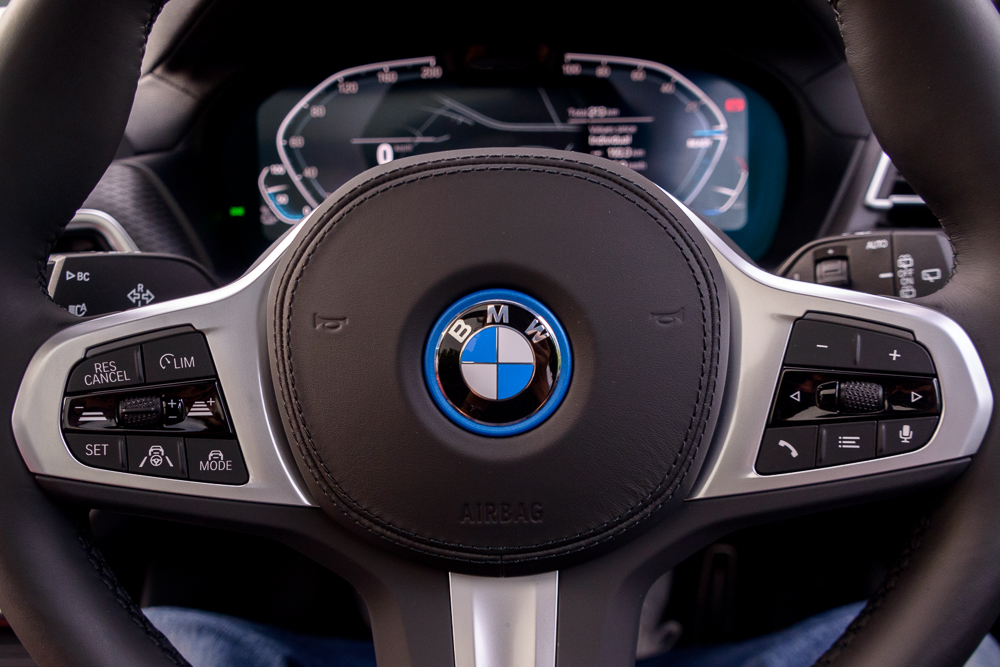
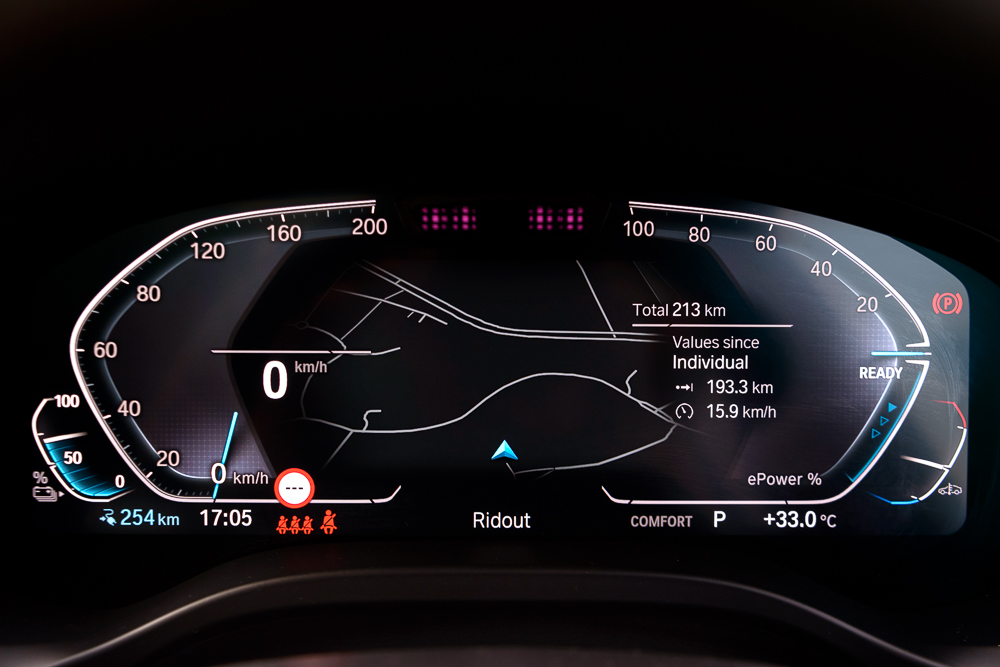
BMW gets it. The key to cracking the electric vehicle code isn’t all about it being electric, but rather that it is still a vehicle.
That begins with design. Electric cars are no longer the future—they’re here to stay. Conceptual and futuristic designs do have their place, but if customers were looking for something reliable, then perhaps they would want to invest their money in something that looks and feels a little bit more sure-footed.
The design, however, goes further than what meets the eye. With how arduous conditions can be for vehicles, planning and manufacturing these machines rely heavily on modularity and reliability without sacrificing efficiency. BMW did just that by making electrification fit the vehicle, rather than the vehicle fitting electrified mobility.
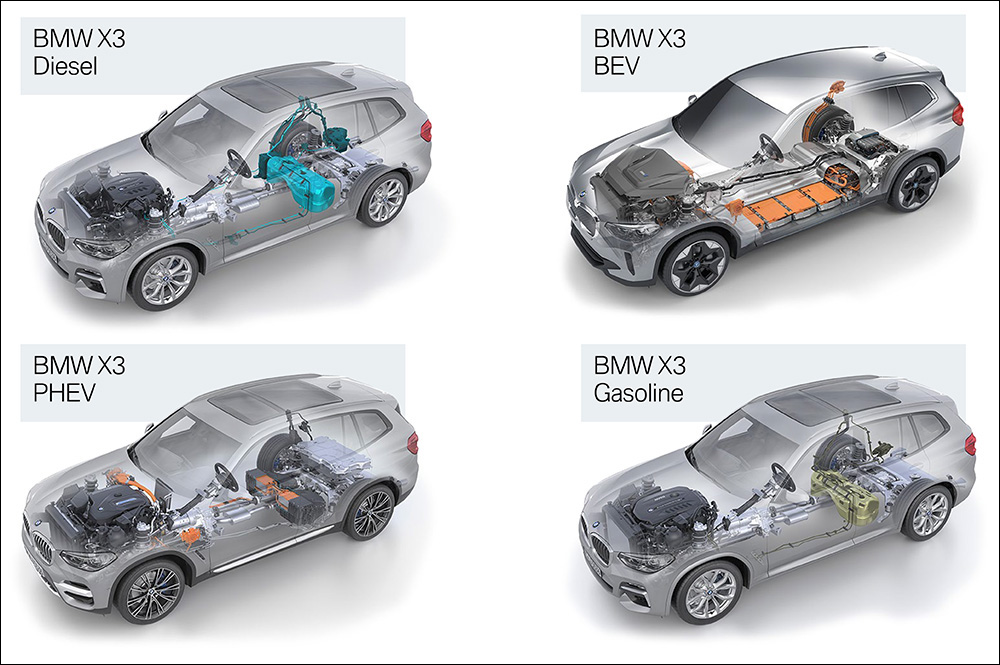
And that’s exactly what they did with the X3 platform. Instead of reinventing the vehicle, they redid the concept of electrification and turned battery-electric into a mere powertrain option alongside gasoline, diesel, and plug-in hybrid.
By moving the electric powertrain inside a highly integrated package, it acts more like an engine-transmission package rather than a scattered collection of motors and controllers. Along with some minor tweaks to the body and the chassis to accommodate the new powertrain and make the car more rigid, this makes it so you can build the vehicle just as you would any other car on the road today.
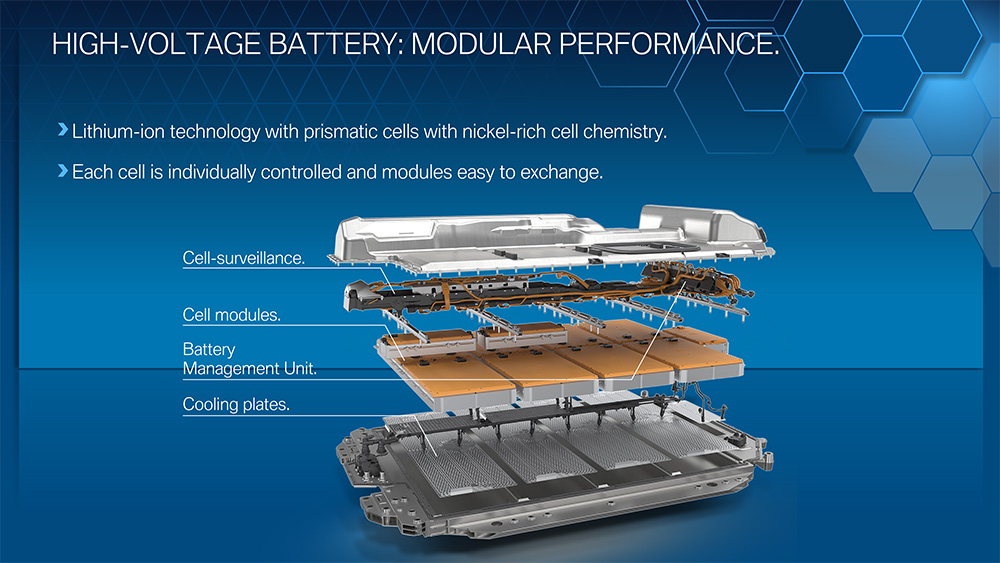
And that concept of modularity extends toward the batteries as well. BMW packages its prismatic cells into battery modules that can then be stacked to form the different battery packs for different vehicles, according to the needed capacity and the available space. While it’s great for simplifying manufacturing, this also has the added benefit of allowing dealers to simply swap out faulty modules instead of replacing the entire battery pack even when it’s only a few cells that are not up to par.
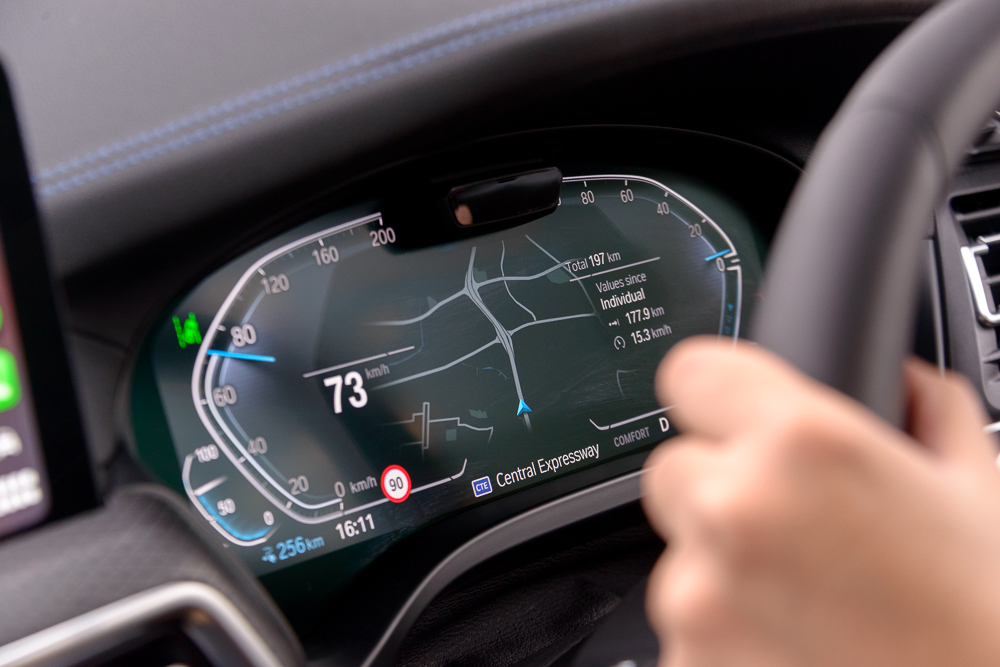
This results in an iX3 that feels right, something that fits within the needs of today. It isn’t trying to prove itself as an electric vehicle; it does things just as well as we expect any other vehicle to do so. Range was never even an issue during our drive, with a full nine hours of constant spirited driving merely taking up 40% of the iX3’s 74kWh battery. That’s partly due to a massive 164kW that can be regenerated during braking, but also thanks to advancements in drive electronics and motor construction.
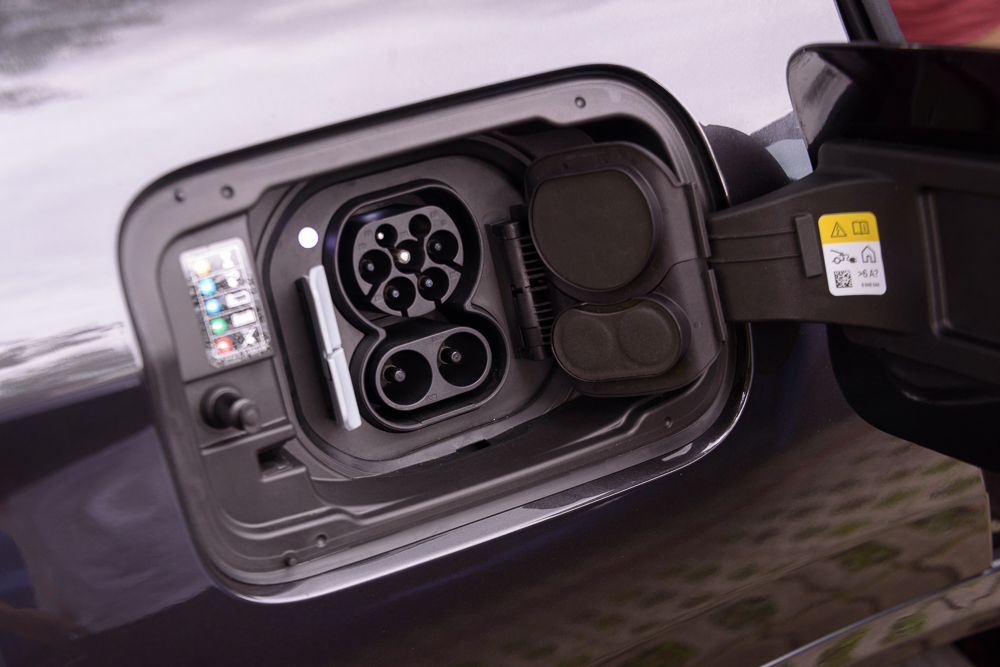
Charging is something that a lot of prospective owners seem to worry about, but is frankly a solved problem this early on in EV adoption. Sure, the number of DC fast chargers are sparse in Singapore (and even rarer on our side of the sea), but the times you will ever need them may be so limited that you won’t even think about it for most of your ownership.
Both BMW Singapore and BMW Philippines have the habit of packaging wallboxes with their plug-in vehicles, so you start every single day with a full charge. Should you need a fast charger to supplement the 450km WLTP range, a 150kW DC charger should add 100km to your range in just 10 minutes.
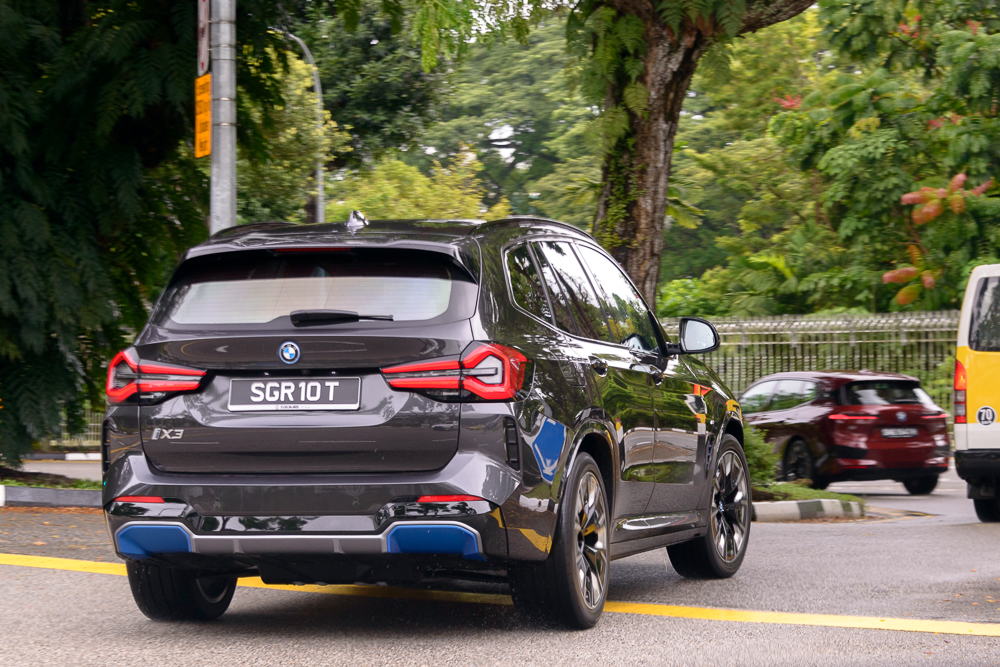
This all combines into a car that makes you forget that it’s electric in the first place. Don’t let that normalcy fool you, however, as it drives far better than what the “rear-wheel-drive electric vehicle” blurb makes it sound like. The low center of gravity from the weight of the battery pack, the instantaneous torque from BMW’s eDrive technology, and the dynamics of being rear-wheel-driven simply meld together into a vehicle that’s way more agile than it looks, more planted than physics makes it out to be, and a far more enjoyable experience for something poised to be practical.
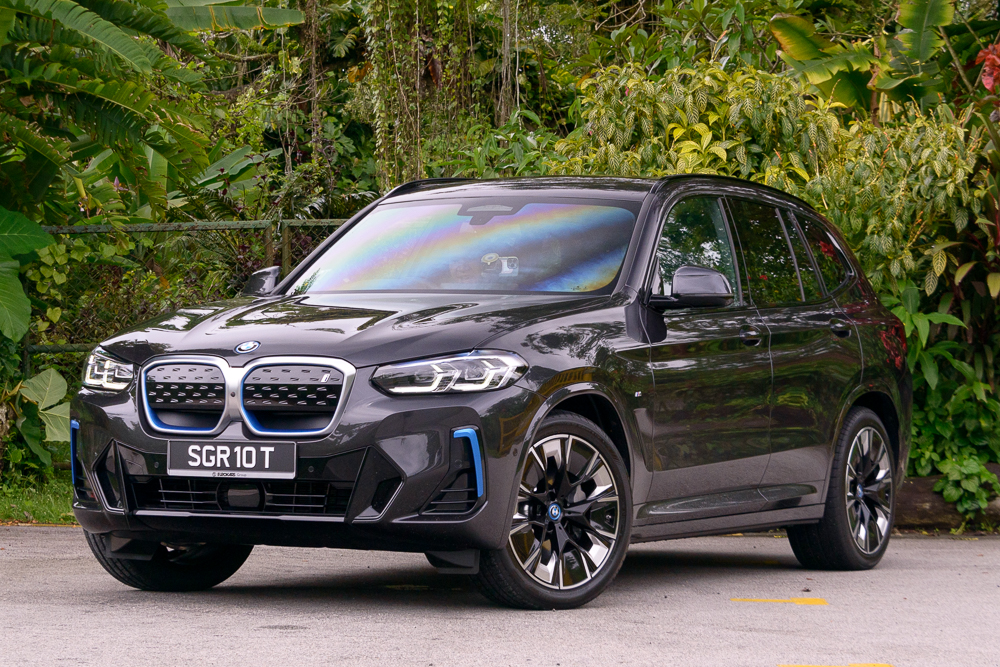
For a crossover this size, it has no business being this fun. And for a battery electric vehicle, it has no business being this normal of a vehicle to use. Frankly, given the choice of powertrain options for the X3 series, the iX3 makes a compelling argument on why the battery electric powertrain should be the top pick among all other options. We’ll still have to wait to find out the exact specifications of the local units we’ll be getting, but given that the Philippines is next in line to get it on our side of the world after Singapore, BMW Asia seems just as excited to see it on our shores as we are.

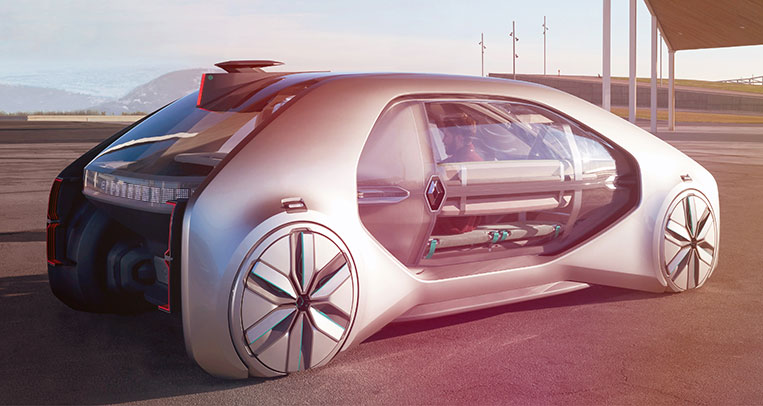
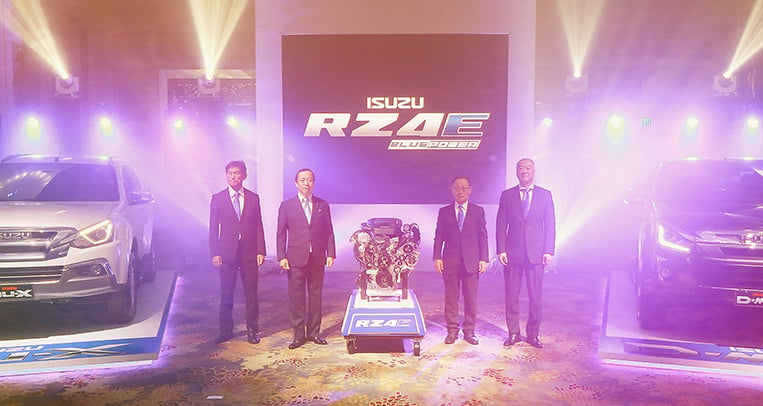

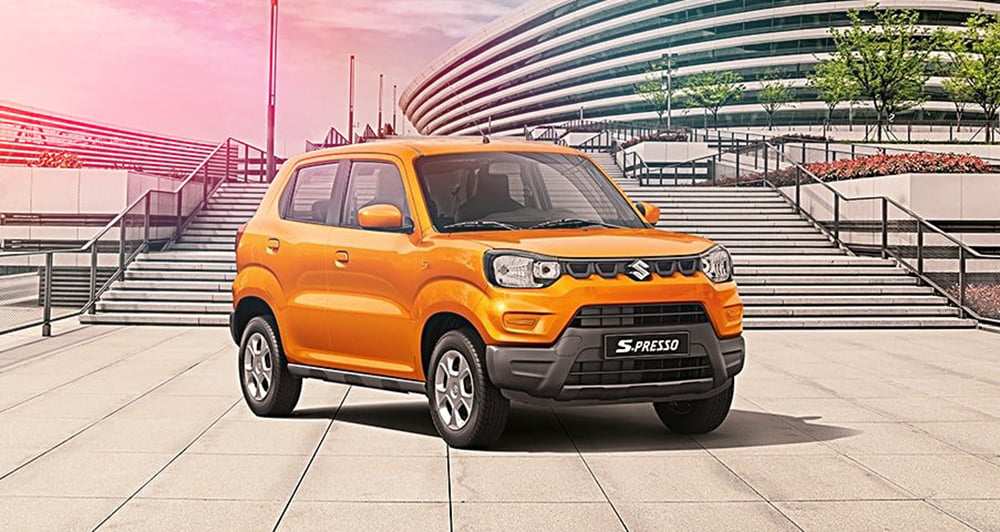
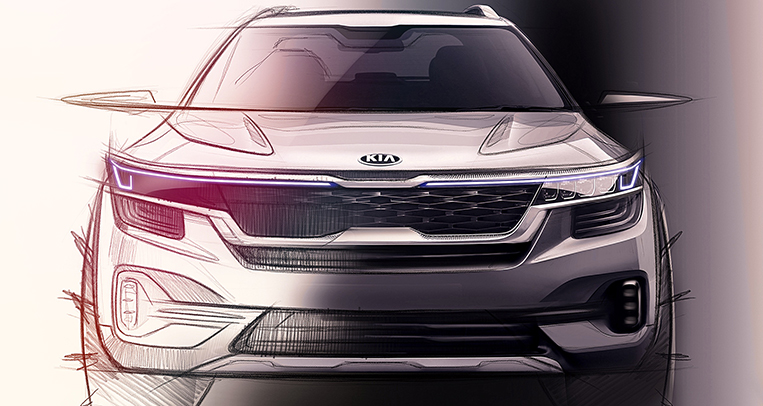
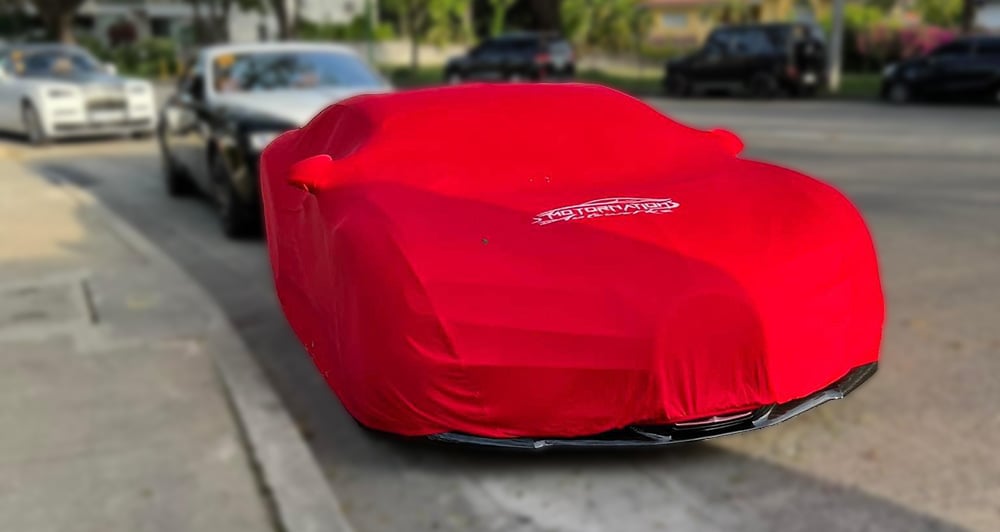


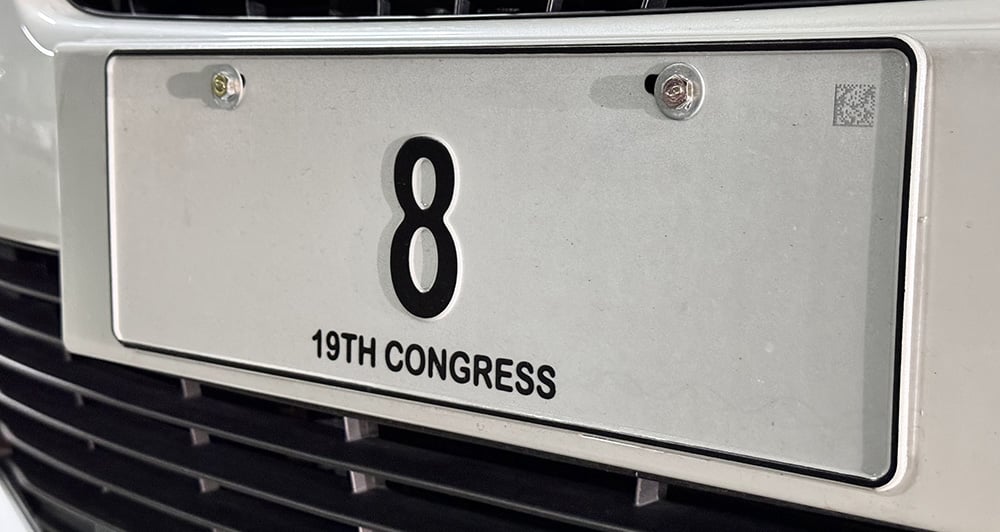
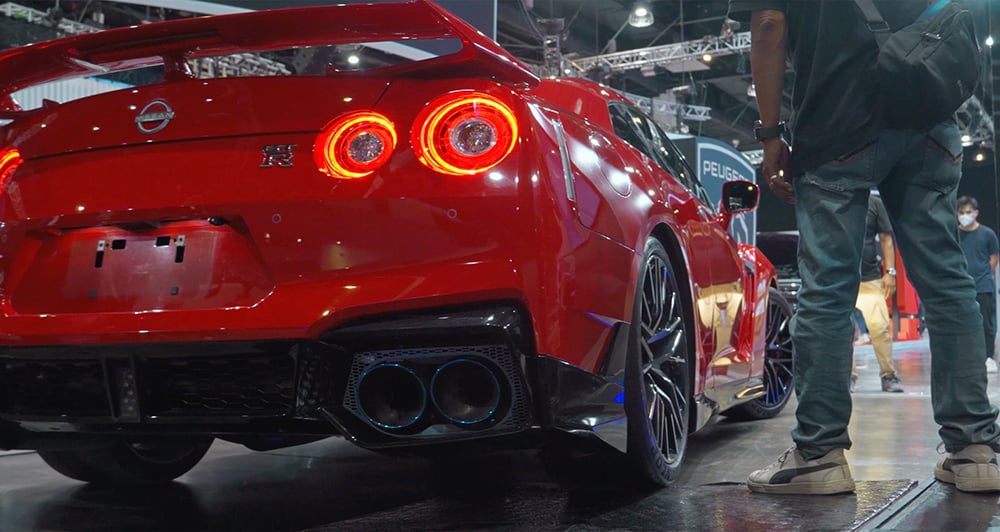
Comments